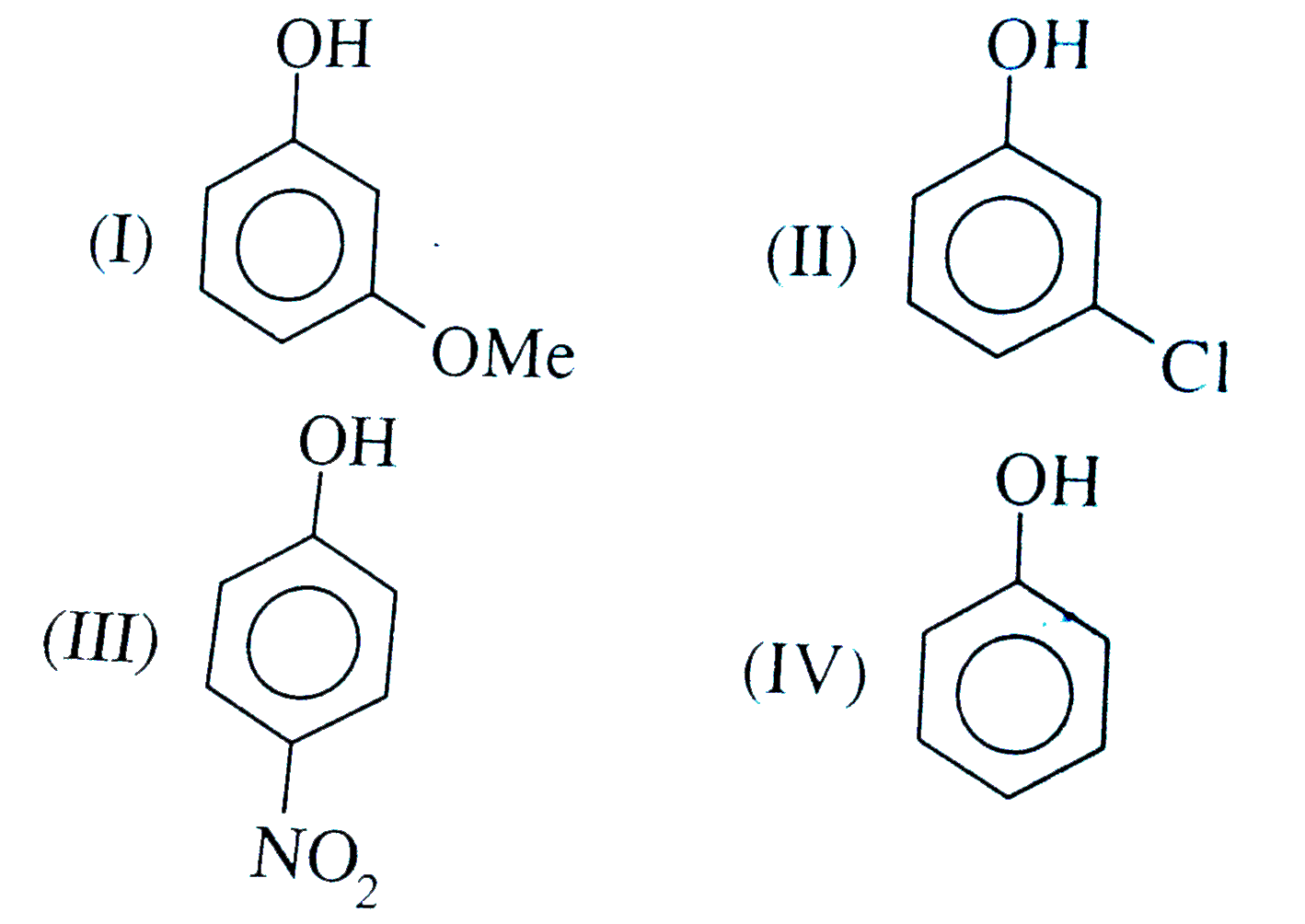In the following of acetamide derivative the reactivity of NH3 is greatest towards .
acetic anhydride
ethyl acetate
acetyl chloride
acetic acid
The correct Answer is:A
To determine the reactivity of ammonia (NH₃) towards different acetamide derivatives, we need to analyze how the structure of each derivative affects the positive charge density on the carbon atom that is bonded to the carbonyl group (C=O). The more positive charge density on the carbon, the more reactive it will be towards nucleophilic attack by ammonia.
1. Identify the Derivatives: We have four options to consider:
- A) Acidic anhydride (e.g., CH₃CO-O-COCH₃)
- B) Ethyl acetate (e.g., CH₃COOCH₂CH₃)
- C) Acetyl chloride (e.g., CH₃COCl)
- D) Acetic acid (e.g., CH₃COOH)
2. Understand the Nucleophilic Attack: Ammonia acts as a nucleophile due to the presence of a lone pair of electrons on the nitrogen atom. It will attack the carbon atom of the carbonyl group (C=O) that has the highest positive charge density.
3. Analyze Each Option:
- Option A (Acidic Anhydride): The carbonyl carbon is somewhat stabilized by resonance with the adjacent carbonyl group, which can decrease its positive charge density.
- Option B (Ethyl Acetate): Similar to the anhydride, the carbonyl carbon is stabilized by the ether oxygen, which can also decrease its positive charge density.
- Option C (Acetyl Chloride): The chlorine atom is highly electronegative and exerts a strong -I (inductive) effect, pulling electron density away from the carbonyl carbon. This increases the positive charge density on the carbon, making it more reactive towards nucleophiles.
- Option D (Acetic Acid): The hydroxyl group (-OH) can also stabilize the carbonyl carbon through resonance, which decreases its positive charge density.
4. Determine the Most Reactive Derivative: Among the options, acetyl chloride (Option C) has the highest positive charge density on the carbonyl carbon due to the strong -I effect of chlorine. This makes it the most reactive towards nucleophilic attack by ammonia.
5. Conclusion: The reactivity of ammonia (NH₃) is greatest towards acetyl chloride (C).
Final Answer:
The reactivity of NH₃ is greatest towards acetyl chloride (C).
- A) Acidic anhydride (e.g., CH₃CO-O-COCH₃)
- B) Ethyl acetate (e.g., CH₃COOCH₂CH₃)
- C) Acetyl chloride (e.g., CH₃COCl)
- D) Acetic acid (e.g., CH₃COOH)
- Option A (Acidic Anhydride): The carbonyl carbon is somewhat stabilized by resonance with the adjacent carbonyl group, which can decrease its positive charge density.
- Option B (Ethyl Acetate): Similar to the anhydride, the carbonyl carbon is stabilized by the ether oxygen, which can also decrease its positive charge density.
- Option C (Acetyl Chloride): The chlorine atom is highly electronegative and exerts a strong -I (inductive) effect, pulling electron density away from the carbonyl carbon. This increases the positive charge density on the carbon, making it more reactive towards nucleophiles.
- Option D (Acetic Acid): The hydroxyl group (-OH) can also stabilize the carbonyl carbon through resonance, which decreases its positive charge density.
The reactivity of NH₃ is greatest towards acetyl chloride (C).
Topper's Solved these Questions
- BOOK - FIITJEECHAPTER - CARBOXYLIC ACIDS AND ITS DERIVATIVESEXERCISE - ASSIGNMENT PROBLEMS OBJECTIVE (LEVEL - II)16videos
CARBOXYLIC ACIDS AND ITS DERIVATIVES
- BOOK - FIITJEECHAPTER - CARBOXYLIC ACIDS AND ITS DERIVATIVESEXERCISE - ASSIGNMENT PROBLEMS OBJECTIVE ( REASONING TYPE QUESTIONS )5videos
CARBOXYLIC ACIDS AND ITS DERIVATIVES
- BOOK - FIITJEECHAPTER - CARBOXYLIC ACIDS AND ITS DERIVATIVESEXERCISE - ASSIGNMENT PROBLEMS SUBJECTIVE (FILL IN THE BLANKS )2videos
CARBOXYLIC ACIDS AND ITS DERIVATIVES
- BOOK - FIITJEECHAPTER - CARBOHYDRATES, AMINO ACIDS, POLYMERS AND PRACTICAL ORGANIC CHEMISTRYEXERCISE - EXERCISE4videos
CARBOHYDRATES, AMINO ACIDS, POLYMERS AND PRACTICAL ORGANIC CHEMISTRY
- BOOK - FIITJEECHAPTER - CHEMICAL ENERGETICS EXERCISE - NUMERICAL BASED QUESTIONS2videos
CHEMICAL ENERGETICS
Similar Questions
Knowledge Check
- Question 1 - Select One
Arrange the following towards their reactivity for hydration ?
 AII>I>III>IVBI>III>IV>IICI>II>III>IVDI>IV>III>II
AII>I>III>IVBI>III>IV>IICI>II>III>IVDI>IV>III>II - Question 2 - Select One
Arreange the following towards their reactivity for ESR
 AI>IV>II>IIIBI>II>IV>IIICI>II>III>IVDII>I>III>IV
AI>IV>II>IIIBI>II>IV>IIICI>II>III>IVDII>I>III>IV - Question 3 - Select One
Which is most reactive acid derivatives?
AR−COClB(RCO)2OCRCOORDRCONH2
Which of the following is least reactive toward hydrogenation ?
View SolutionWhich of the following has the highest reactivity towards water?
View SolutionWhich of the following has the highest reactivity towards water?
View SolutionWhich of the following has the highest reactivity towards water?
View SolutionThe reactivity of carboxylic acid derivatives from highest reactivity to lowest reactivity is
View Solution


